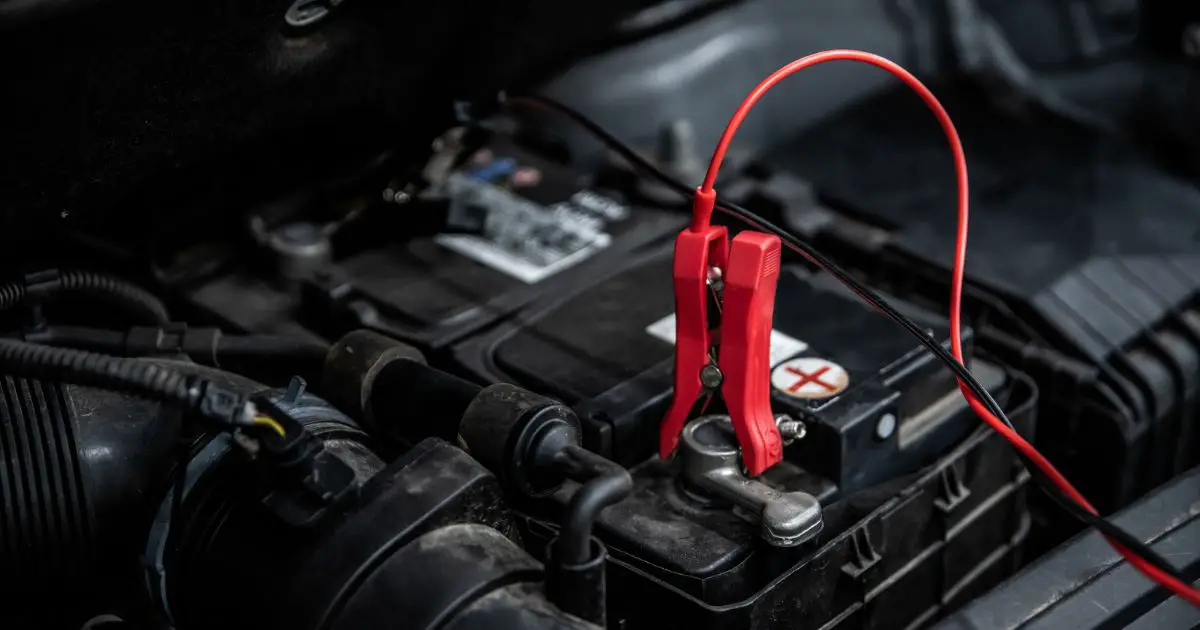Not necessarily, because according to the National Electric Code, you need a conductor. It will provide a return path to the fault that should be installed with your generator feeder.
In standby mode, the grounded conductor (neutral) is switched directly to the generator source. So, in either position of your transfer switch, your electrical system will remain grounded. Therefore, you won’t need a ground rod for your standby generator.
This post will explore what these standby generators are and why you need to ground a generator system. We will also list down some important steps you need to ground a standby generator.
What are Standby Generators?
This type of generator ideally functions as a backup power solution for large buildings. Therefore, it is the top choice for industrial and commercial purposes. However, these large units are stationary. Consequently, you will need a concrete pad under them as a foundation. And they are primarily present outside a facility.
These large units are great for supplying power for many days during extended power outages. The length of this period will highly depend on the fuel type and the configuration of the generator.
These heavy units either run on diesel or gasoline. Standby units that run on diesel have fuel tanks attached to them. So, the fuel directly goes into the combustion engine to produce electricity. But these diesel standby units have the disadvantage of limited fuel capacity.
Why Ground a Generator System?
Grounding a generator system means connecting it with a grounding electrode, a grounding copper rod using a copper wire.
One end of the wire is wrapped on the rod shoved into the ground at least 8 feet from the generator unit. The other end is wrapped on the grounding bolt present on the generator unit. And then, the bolt is tightened.
By doing this, you provide a backup path with a low resistance to flow directly into the ground safely. If any voltage spikes in a normal system, there is no backup path with low resistance. So, the current can flow in all directions.
This can result in overheating your appliances and devices. In addition, any spark can cause fire, and there is a significant risk of electrocution.
By grounding the electrical system, you are providing the current with a backup path of low resistance. With that, you will allow the current to flow directly into the ground. It minimizes any risk of fires or electrocution. Therefore, grounding a generator is mandatory.
How Do You Ground a Standalone Generator?
For smaller applications, the best grounding solution is to use a grounding wire and connect it with the alternator. The other end should link to a conductor into the ground.
However, for those huge standalone generators, go for impedance grounding. Impedance means the total resistance that a circuit has to offer after a full charge. To add resistance to your circuit, you can use transformers, grounding rods, conductors, and other electronic components.
There are three types of impedance grounding: low impedance grounding, high impedance grounding, and compensated grounding. In addition, there is a hybrid impedance grounding option available as well.
Low impedance grounding
Install a resistor right between the grounding rod and the generator in this configuration. This resistor is a neutral grounding resistor. This is because it limits the current fault right when a circuit shorts to the ground.
These resistors can limit the current flow from 200 amps to 400 amps. They can handle up to 10% of their rated load as well. For example, a 200-amp resistor can easily handle up to 20 amps without showing any signs of overheating.
High impedance grounding
This type of impedance uses a transformer (neutral grounding) to protect the standby generator. First, the generator ground links to the primary winding input of the transformer that has a ground path. Then, a resistor is connected right across those secondary windings of the transformer.
This configuration follows the basic principle of reflected impedance for the protection of your generator. The primary winding of the transformer links to the unit, and the secondary windings link with the distribution panel to handle any fault.
Compensated grounding
This type is resonance or reactance grounding, and it is similar to high impedance grounding.
Here, the primary winding of the system ground transformer directly connects to the generator unit. While the secondary windings link to the electric distribution panel as well as the ground supply path.
However, instead of a neutral ground resistor or transformer, you may use a neutral ground reactor. This reactor is a transformer that has a Peterson coil linked to the ground transformer. When the capacitance and inductance of the system are 100% tuned and compensated, the system will turn off if the impedance level does not match with the capacitance level.
Do You Ground a Standby Generator?
All generator systems, regardless of their type and size, need to be grounded. Proper grounding and bonding need to be there in the system. All the electrical components need to connect along with the transfer switches.
This will significantly lower any chances of the uncommon flow of current that might result due to a power outage. It will also prevent any damages to the electrical equipment. Hence, you will end up avoiding any injuries.
As these standby generators need to ground, a grounding rod is not a must for this process. Instead, you can go for any conducting object to easily establish a connection with the earth.
Do Generac Portable Generators Need to be Grounded?
Yes, you need to ground those portable generators by Generac. However, some models come with a frame or chassis that you can use in place of a grounding rod.
The grounding rod should be of copper, and you will need copper wire to connect. Ensure the rod is at least 4 feet in length. Shove it into the ground using a hammer up to at least 3 feet.
One end of this rod needs to be sticking out of the ground, and you will wrap that copper wire after stripping using wire strippers. Wrap these wires around the grounding lug on your generator unit.
The rod has to be at least 8 feet away from the generator, so the wire’s length needs more than 8 feet. So, now you have created a backup path with low resistance for the current to flow directly into the ground, lowering any chances of injuries or fires.
How important is it to ground a generator?
Grounding a generator is very important, and it is a mandatory requirement set by the National Electric Code. Dropping a generator will prevent any risks and hazards due to electrocution. In addition, by grounding your generator, you introduce a backup path with low resistance into your electrical system for the fault to flow directly to the ground.
Does a grounding rod have to be copper?
No, it doesn’t need to be copper. You can also go for grounding rods that are of galvanized steel as well as copper steel. Of course, stainless steel is a good choice for this too. But galvanized steel is the second-best option because they are cheap and UL and NEC listed.
Can a ground rod encase in concrete?
Yes, you can encase a ground rod with concrete as a permanent solution. But make sure the ground rod is of steel that is zinc-galvanized. It also needs to have at least a half-inch coating of an elastically conductive material.
Can you bury ground rods?
You might find shoving a rod into the ground is not possible vertically due to the rock bottom. In that case, you can bury the rod in a trench that should be about 2.5 feet deep. For the best results, the ground rod needs to be either of copper or galvanized steel. Plus, it should be at least 4 feet in length.
Can you touch a ground rod?
Touching the ground rod won’t hurt you, and there are no chances of electrocution. However, you need to ground adequately.
Conclusion
Standby generators, like all other generator types, need to be properly grounded. But a ground rod is not mandatory for grounding such a unit. You can use other conductive components for this purpose as well. There are different methods of grounding standby generators. Plus, you are using the impedance of your electrical circuit to a good effect here.


